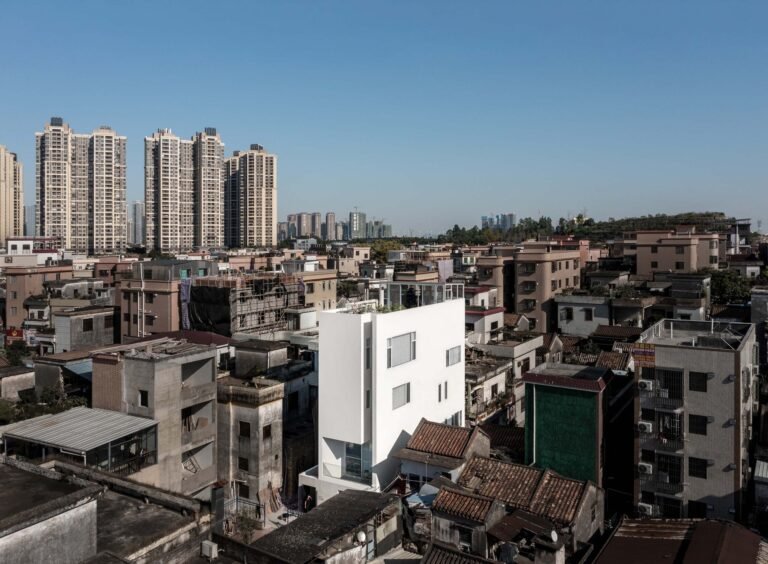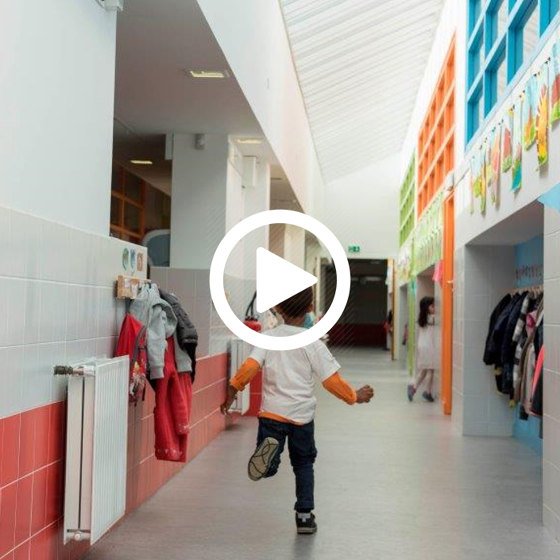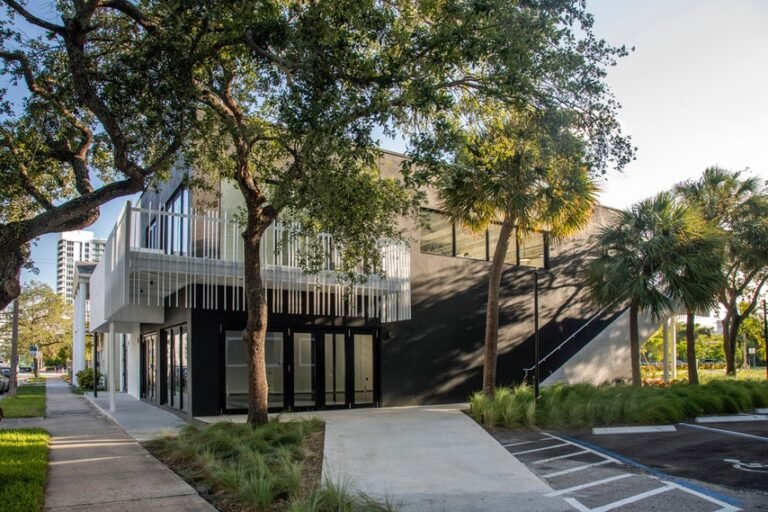These four AN-recommended summer exhibitions showcase apian design, Black resiliency in Portland, and more
As the dog days of summer wind down and autumn begins to creep in, now is as good a time as any to duck out from the sweltering late-summer heat and take in an exhibition at an (air-conditioned) museum, gallery space, or cultural venue near you. As always, AN’s editors have a few suggestions for shows now on view from coast to coast; the below, which include illuminative, medium-spanning exhibitions in Boston, Miami, Houston, and Portland, Oregon, are pulled from the July/August issue of The Architect’s Newspaper.
Additional AN-recommended summer exhibitions can be found here and here. But go posthaste as many summer exhibitions are in the process of winding down to make way for fall’s offerings.
Designing Motherhood: Things That Make and Break Our Births
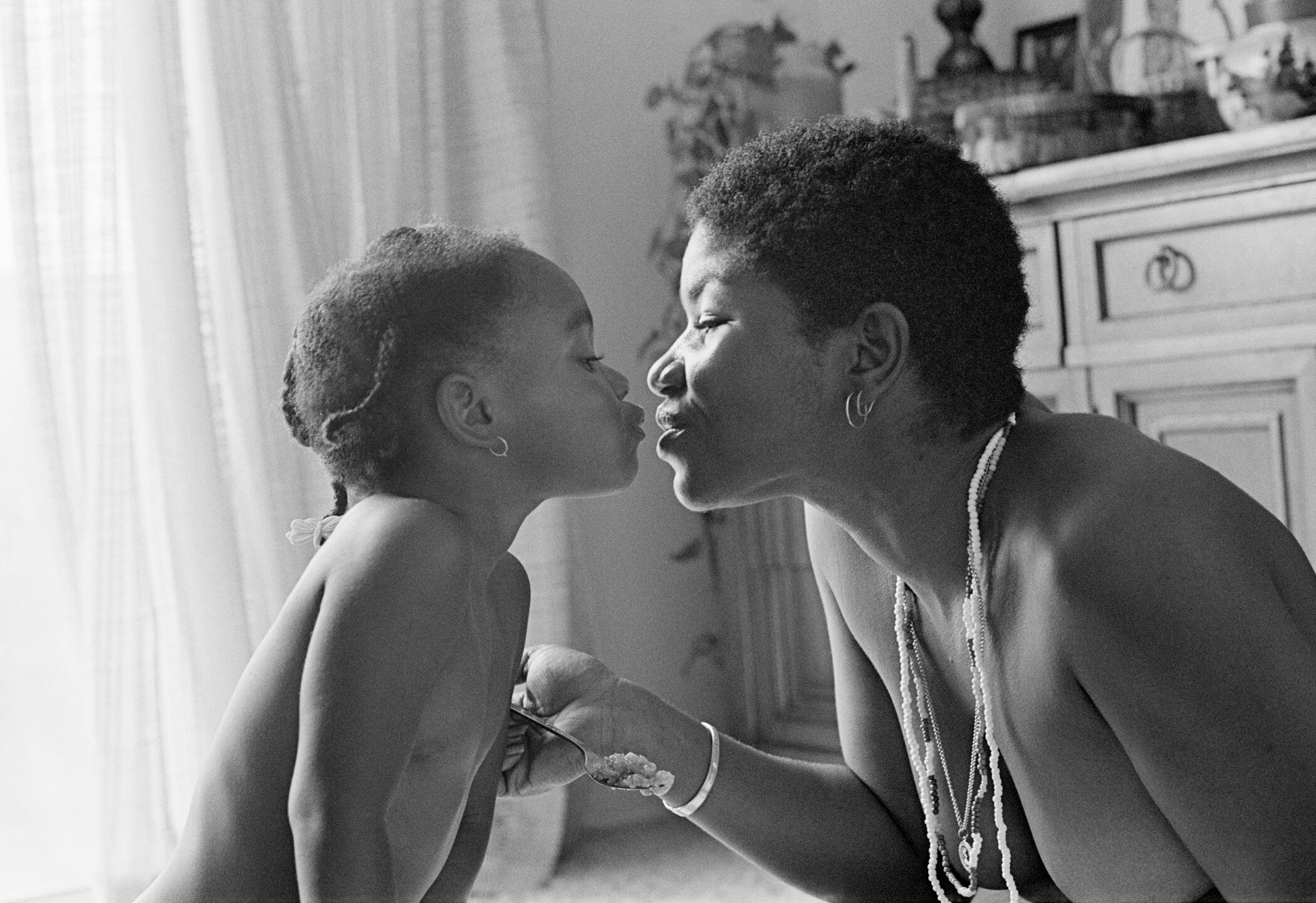
621 Huntington Ave., Boston, MA 02115
Open through December 18
When Amber Winick and Michelle Millar Fisher undertook their Designing Motherhood initiative in 2015, starting with an Instagram account and later expanding into a traveling exhibition and book, their efforts already felt urgent. Now, weeks after Winick and Millar Fisher opened Things That Make and Break Our Births at the MassArt Art Museum, the U.S. Supreme Court’s decision that overturned Roe v. Wade has made the show’s themes—capturing the full arc of reproduction, from “con(tra)ception” to postpartum depression and care—desperately relevant. The displays, however, take the long view of motherhood in this country. Part of the exhibition adopts a cabinets-of-curiosities approach, bringing viewers face-to-face with, say, DIY implements for home abortions and prototypes for speculums, while the rest is given over to photography, drawings, and even maternity wear. Samuel Medina
The Architecture of Bees
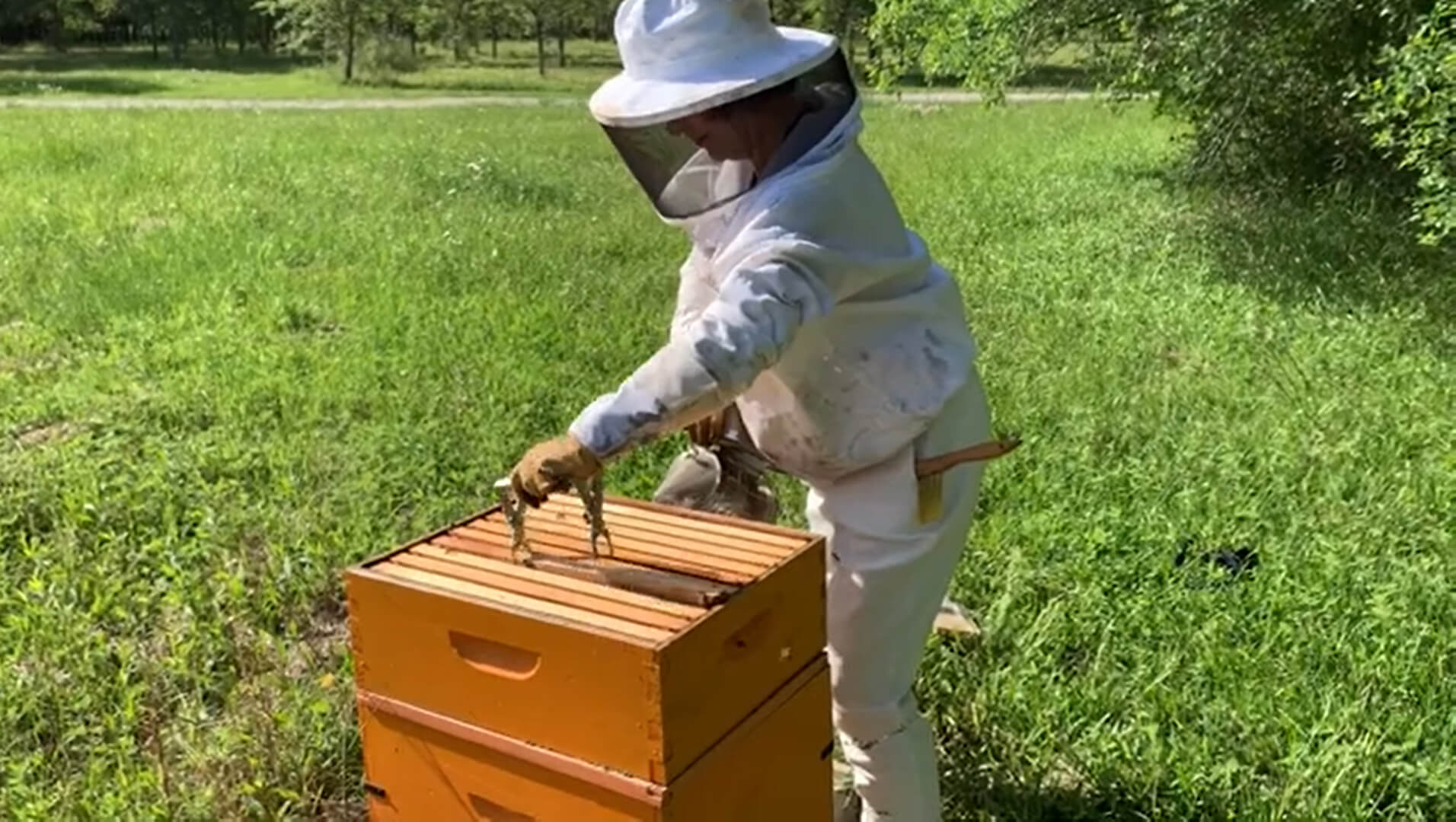
902 Commerce St., Houston, TX 77002
Open through August 26
In delineating the various labors among species, Karl Marx noted the spellbinding handicraft of the worker bee, which, he averred, “puts to shame many an architect in the construction of her cells.” Bushy Uncle Karl does not make an appearance at The Architecture of Bees, but nevertheless, the exhibition subscribes to the general sentiment. Its contents are informed by designers, naturalists, and beekeepers, and to this end, visitors can expect detailed explanations of the apiarian division of labor and the passive cooling “strategies” coded into the frameworks of colonies. Nearby, a more staid display explores the designs of human architects that use hexagons and cells as formal analogues. Crowds are more likely to be drawn to the immersive “bee space” installation, but those wanting the real thing will want to inspect the beehive on the premises. SM
Marisol and Warhol Take New York
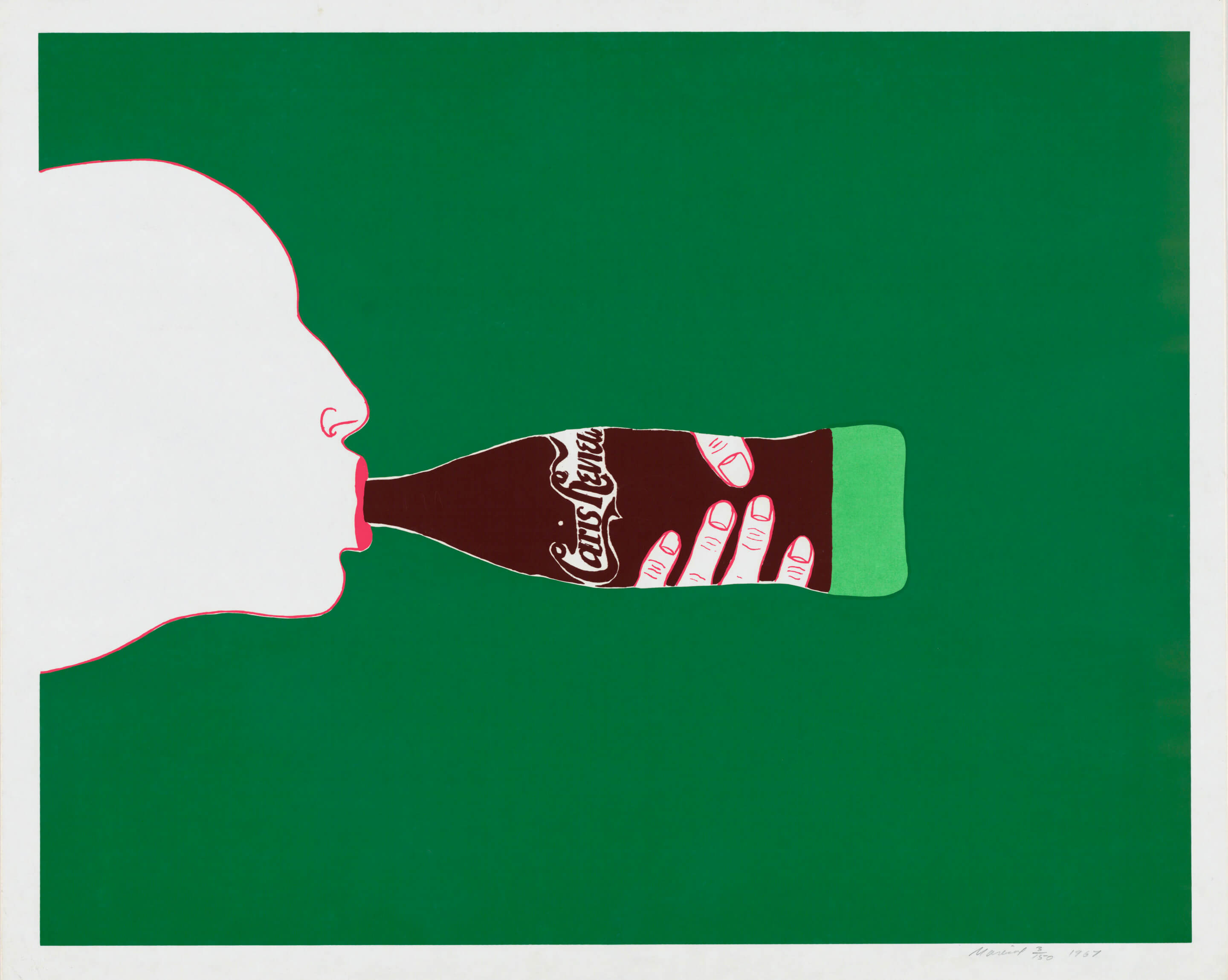
1103 Biscayne Blvd., Miami, FL 33132
Open through September 5
At the height of her fame in the mid-1960s, Marisol, née Maria Sol Escobar, was known to journalists as the Queen of Pop Art, but by the end of the decade, the Venezuelan American’s stock had plummeted. Although she produced a sizable body of work, it was her association with Andy Warhol, a friend and fellow Pop sovereign, that secured her a small foothold in art history. This exhibition doesn’t sidestep this trope; instead, it reshuffles its dynamic. Here, Warhol is cast as the malleable mentee, with Marisol showing him the ropes. Maybe? Regardless, her boxy, maladroit sculptures stand on their own merits. Drawing on folk and pre-Columbian art forms and Pop polychromy, the assemblages are irresistible, especially one in particular: Andy, whose likeness appears on three sides of a chair, with wood-carved hands (Marisol’s) folded on his lap. SM
Black Domain
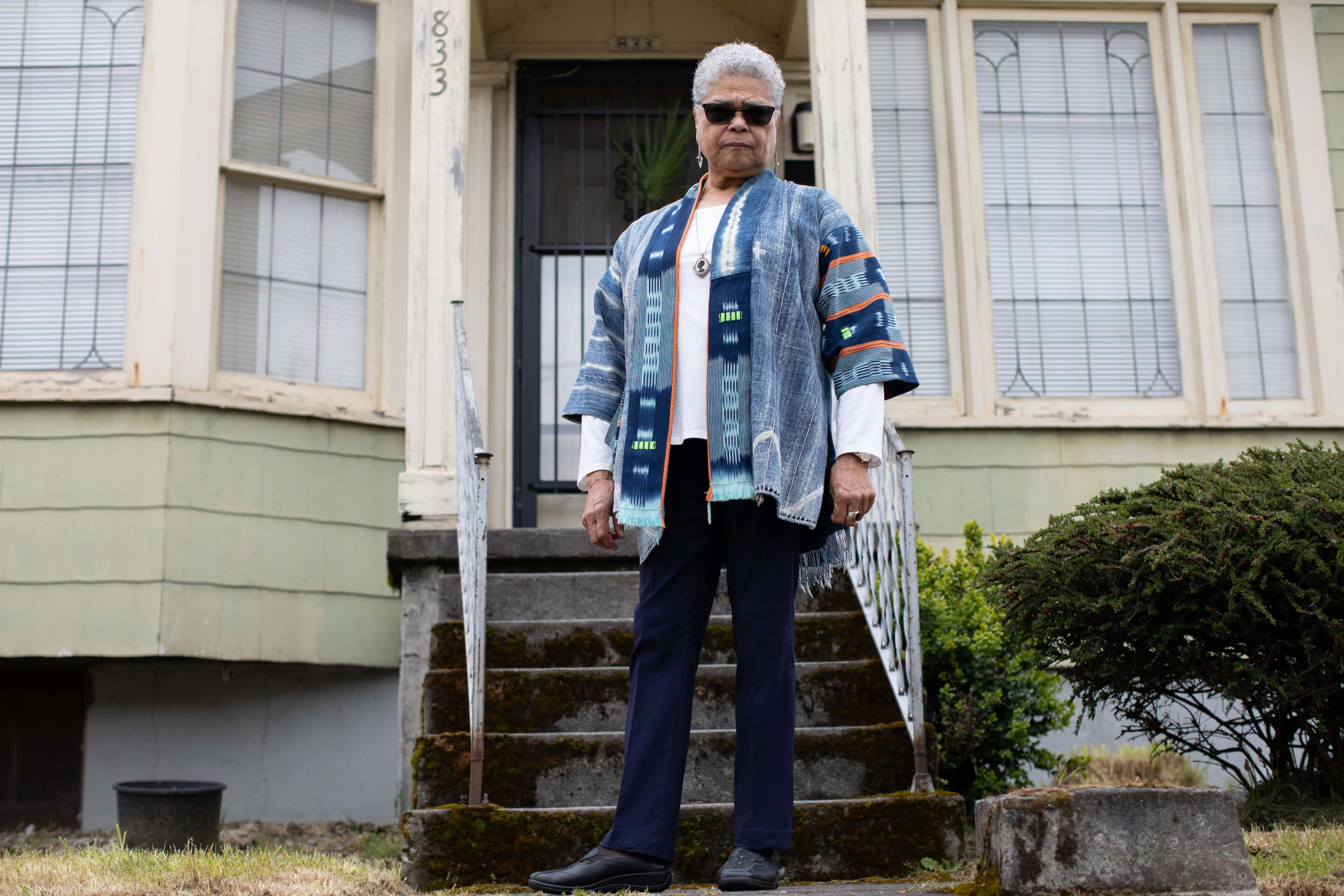
701 SE Grand Ave., Portland, OR 97214
Open through September 24
Portland, Oregon, isn’t the picture of peaceable equity that its hipster reputation would imply. Among American cities with the least diverse populations, it ranks fourth. Worse, a look at its history reveals an ugly legacy of erasure: At midcentury, Black Portlanders, mostly congregated within the Albina neighborhood, began to create an arts culture of their own, only to see it wiped clean by blight-removal programs. The 2020 George Floyd protests that swept through Stumptown inspired local artist Intisar Abioto to seek out what remains of this Portland. Equal parts retrospective excursus and sociological documentation, Abioto’s photographic project chronicles the city’s Black communities and their continued flourishing. As she put it to The New York Times, the goal of all her work is to spark “an intergenerational dialogue” among artists and residents alike. SM



